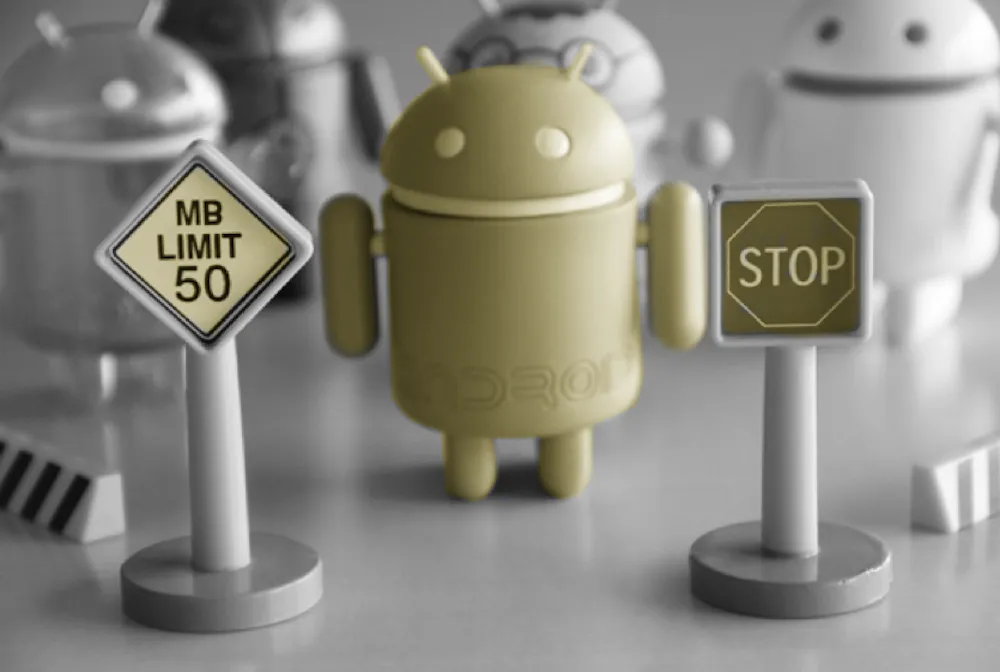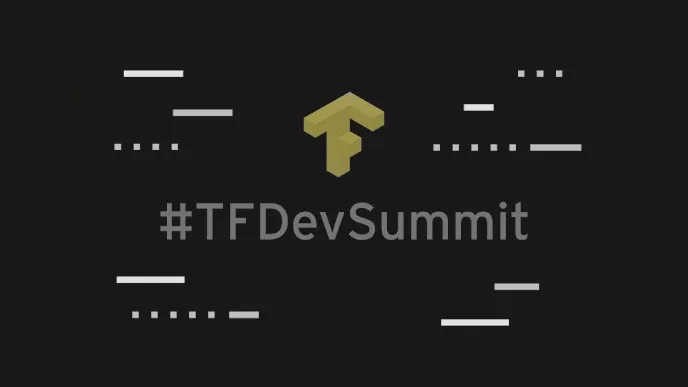Deep Learning requires a lot of computations. It typically involves neural network(s) with many nodes, and every node has many connections — which must be updated constantly during the learning. In other words, at each layer of the network, hundreds and thousands of identical artificial neurons perform the same computation.
Therefore, the structure of a neural network fits very well with the kinds of computation that a GPU (Graphic Processing Unit) can efficiently perform — which are designed to compute, in parallel, the same instructions.







